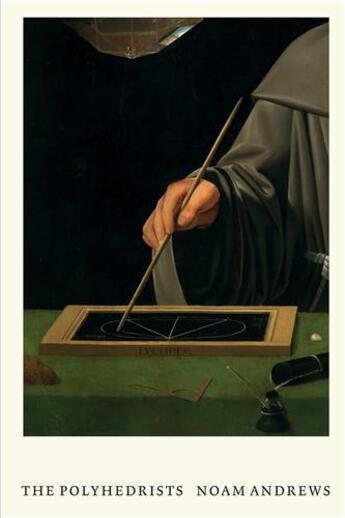-
Date de parution : 01/05/2022
-
Editeur :
Mit Press
-
EAN : 9780262046640
-
Série :
(-)
-
Support :
Papier
Résumé:
A history of the relationship between art and geometry in the early modern period.
In The Polyhedrists, Noam Andrews unfolds a history of the relationship between art and geometry in early modern Europe, told through a collective of groundbreaking artist-artisans (among them, Albrecht Dürer,... Voir plus
A history of the relationship between art and geometry in the early modern period.
In The Polyhedrists, Noam Andrews unfolds a history of the relationship between art and geometry in early modern Europe, told through a collective of groundbreaking artist-artisans (among them, Albrecht Dürer, Wenzel Jamnitzer, and Lorentz Stöer) and by detailed analysis of a rich visual panoply of their work, featuring paintings, prints, decorative arts, cabinetry, and lavishly illustrated treatises. But this is also a history of polyhedra themselves, one that charts their progressive estrangement from text-bound instruction in mathematics and philosophy and their subsequent transformation into emblems of virtuosity and bravura. Whether the Platonic tetrahedron or the "irregular" rhombicosidodecahedron, it was polyhedra that came to constitute an iconography of geometrical abundance.
The Polyhedrists argues that the geometrical oeuvre of Dürer, Jamnitzer et al consisted of more than perspectival follies destined to be superseded by later developments in higher-level mathematics. In fact, the evolution of the Platonic solids into innumerable "irregular bodies" constituted a sustained moment in the formulation of Renaissance mathematical knowledge and its engagement with materiality. This intense field of experimentation birthed a language of geometrical abstraction that would ignite a century of novel form-making strategies, ultimately paving the way for developments in geometry and topology in the nineteenth and early twentieth centuries and prefiguring the more recent digital turn. Hence the book is both an expansive history of geometry made visible and a manifest of a very particular, polyhedral fascination. Taken together, they plot a new trail into the wilds of art and science.
Donner votre avis














